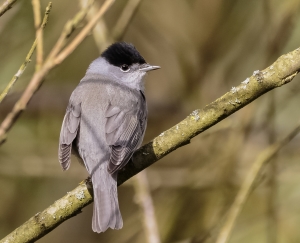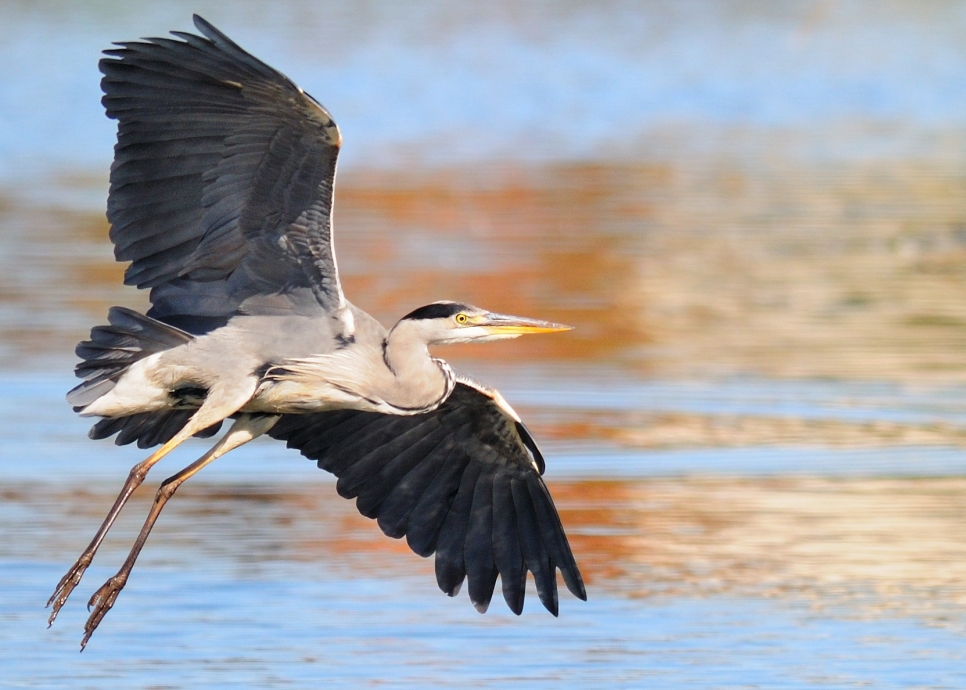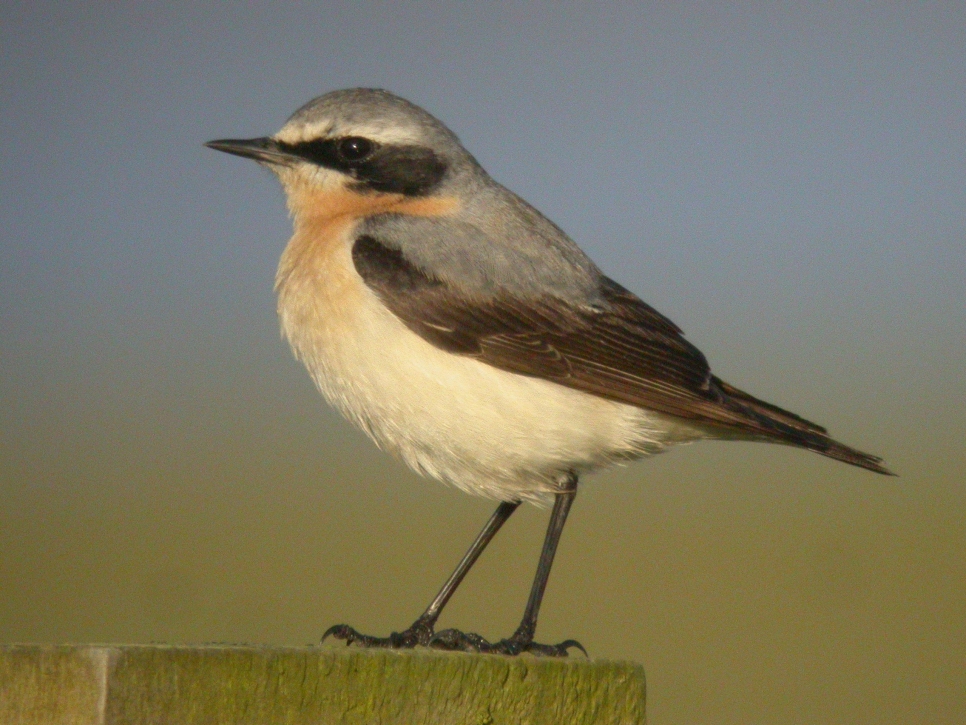Latest Sightings
This week’s most exciting activity has been at the sewage farm. Although maybe an unlikely habitat, the warmth the sewage farm emits allows insectivores to feed there all year round. At least two Siberian chiffchaffs have been joining the common chiffcaffs feeding on the insects in the trees and around the farm. At present considered two subspecies: Phylloscopus collybita and Phylloscopus collybita tristis, there is a case for the two chiffchaffs too be separated into separate species. Flocks of long tailed tits, goldcrest and wrens have also been joining in on the action.
But the real star of the sewage farm has been the yellow browed warbler. This smart little warbler with wing bars and yellow brow was identified by one of our wardens earlier this week. Historically, yellow browed warblers breed in Siberian Taiga forests and wintered in South East Asia. It’s thought that pioneering birds travel westward to winter in the milder conditions of the UK as the climate warms, which could be why reports of yellow brows and Siberian chiffchaffs are on the increase.
Wildfowl numbers have really bolstered in the cold weather. Hundreds of shelduck are, as always reliably first to our feeds at 3.00 and 3.30pm. Large numbers of wigeon and coot can be seen feeding on the fields behind the mere from Discovery and Hale hides. Teal continue to dominate Woodend marsh along with the lapwing, while gadwall and black headed gulls dominate the reedbed pools.
The two avocets have been sighted on the mere intermittently during the week.
Pink footed geese sightings in daylight are on the increase. Although not as bold as greylags, there tends to be more pink feet feeding on the mere banks as the winter progresses. There are far more roosting though: 2000 at our last count along with 500 whooper swans.
Thrushes have been active this week. Fieldfares have been spotted by harrier hide and in the trees down to Ron Barker. Song thrushes and red wing have been feeding in the undergrowth on the path between Raines and Discovery hides.
There were great views of a stoat at Ron Barker, skittering across the ice in the bull’s field. Three roe deer were seen from this hide on the other side of the sluice on Tuesday morning.



